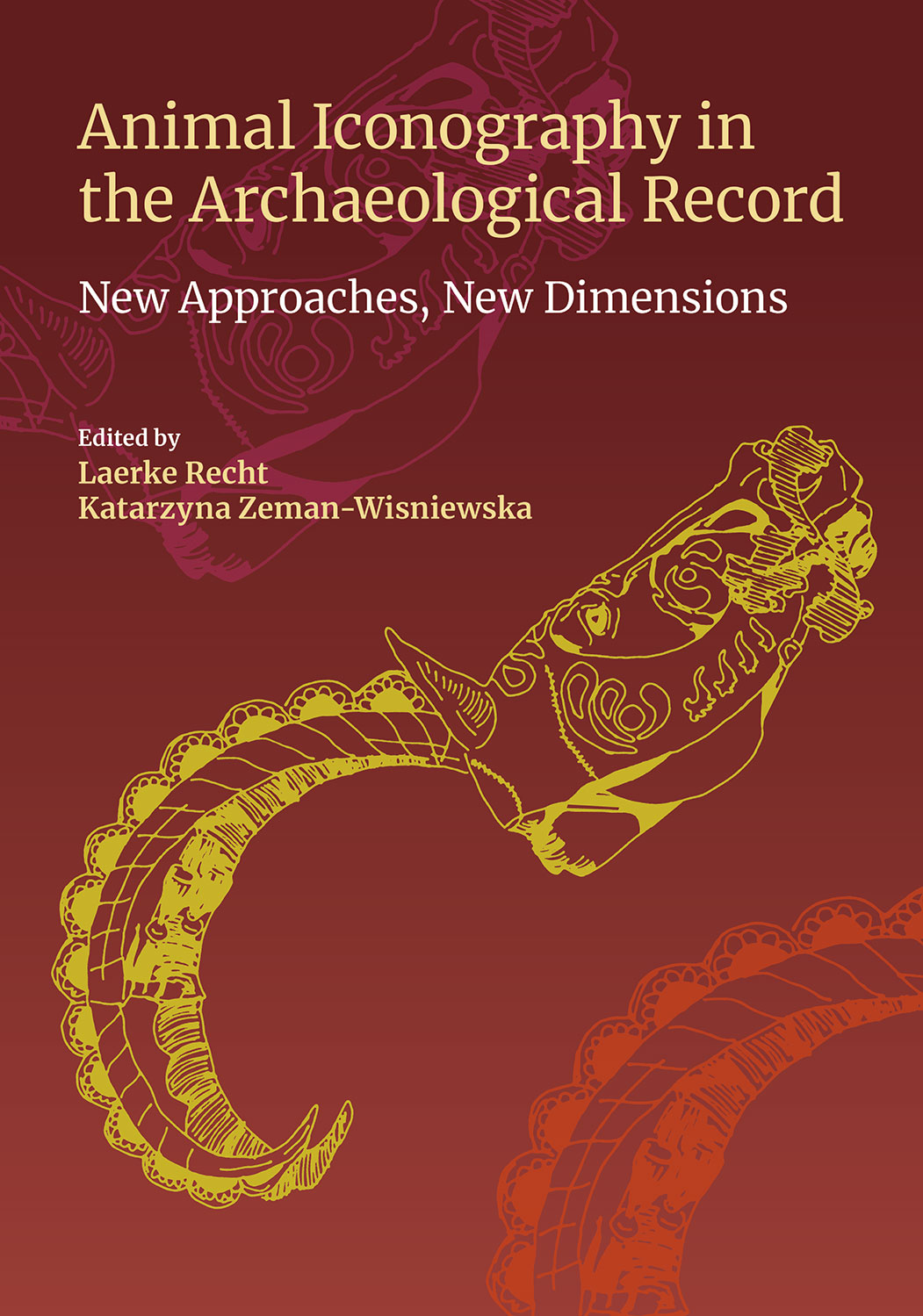Zoomorphic Terracotta Figurines of the Halaf Culture and New Evidence of Secondary Product Exploitation in 6th Millennium BC Northern Mesopotamia
Animal Iconography in the Archaeological Record - New Approaches, New Dimensions - Laerke Recht
Nicola Scheyhing [+]
PhD student at the Institute of Oriental Archaeology at Martin-Luther-University Halle-Wittenberg
Description
The material culture of Late Neolithic groups of the Near East is characterised by the appearance of painted pottery fine wares. Characteristic features of the 6th-millennium Halaf culture also include settlements containing round and keyhole-shaped buildings, as well as by the presence of highly stereotyped anthropomorphic clay figurines mainly depicting females. These objects have been discussed comprehensively since their first appearance during early excavations at the beginning of the 20th century. Much less attention has been paid to the zoomorphic figurines of the same dating and context, although they occur in similar numbers. While the anthropomorphic figurines are usually interpreted as venerated items with a clear link to rituals, zoomorphic figurines have received little attention in publications. They are sometimes described, but in many cases they have been simply counted. Images of animals are also found on a high percentage of painted fine-ware sherds. The societies that used Halaf material culture are considered to have been communities of farmers inhabiting villages of varying sizes and life spans but also living as seasonal pastoralists. For such a lifestyle, animals must have been a main factor of subsistence and had a crucial impact on settlement patterns, as well as on social structures. Animal bone assemblages from various Halaf sites also show a regionally varied relevance of hunting. While the images painted on pottery display a large variety of wild fauna, most zoomorphic figurines seem to depict domestic animals. This leads to the conclusion that their main relevance of the figurines can be contextualised in a domestic ambience. Besides figurines, a number of fine-ware animal-shaped vessels occur at a number of sites. Some examples recently excavated from Tell Halaf representing cattle indicate the increasing importance of bovines in the 6th millennium BC due to the process of learning to take advantage of their strength.






